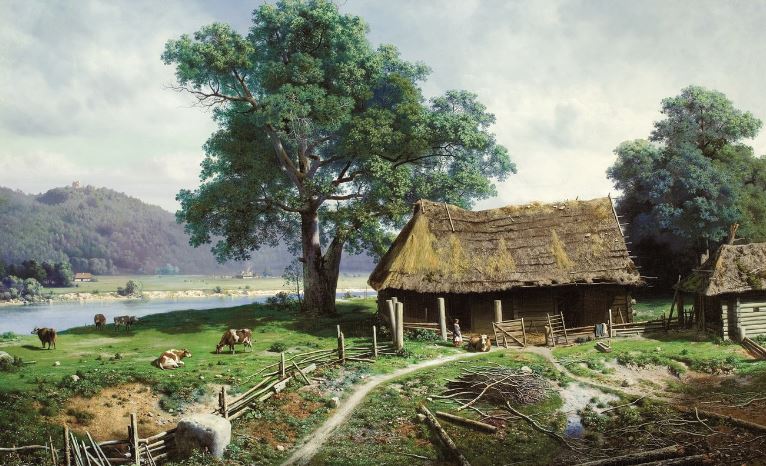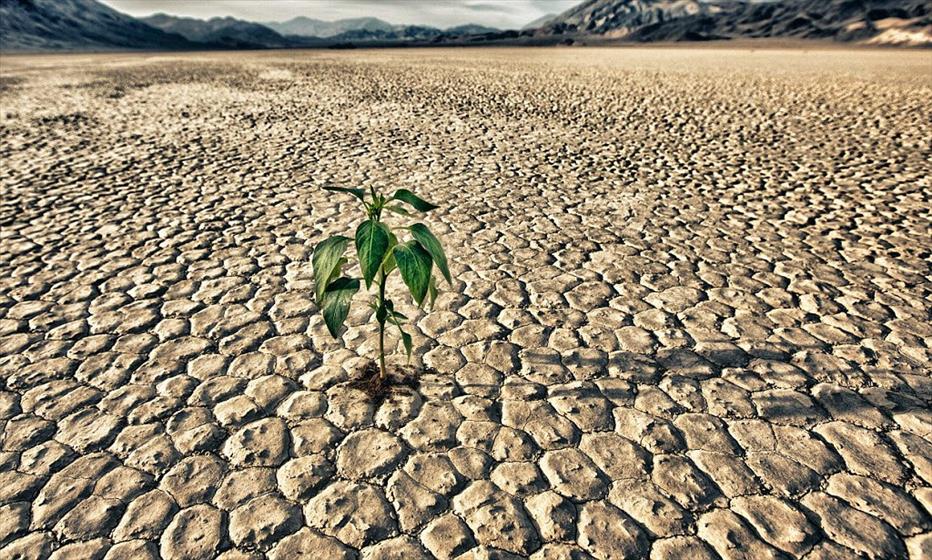Ruin of Artisans and Craftsmen | UPSC – IAS | NCERT
There was a sudden and quick collapse of the urban handicrafts which had for centuries made India’s name a byword in the markets of the entire civilised world.
Causes & impact | UPSC – IAS
- This collapse was caused largely by competition with the cheaper imported machine-goods from Britain. (influx of foreign goods)
- British imposed a policy of one-way free trade on India after 1813
- Indian goods made with primitive techniques could not compete with goods produced on a mass scale by powerful steam-operated machines.
- ruin of Indian industries, particularly rural artisan industries, proceeded even more rapidly once the railways were built. Therailways enabled British manufactures to reach and uproot the traditional industries in the remotest villages of the country
- The cotton weaving and spinning industries were the worst hit.
- forcing them to sell their goods below the market price and to hire their service below the prevailing wage, compelled a large number of them to abandon their ancestral professions
- The high import duties and other restrictions imposed on the import of Indian goods into Britain and Europe during the 18th and 19th centuries, combined with the development of modern manufacturing industries in Britain, led to the virtual closing of the European markets to Indian manufacturers after 1820.
- The British. policy of exporting raw materials also injured Indian handicrafts by raising the prices of raw materials like cotton and leather. This increased the cost of handicrafts and reduced their capacity to compete with foreign goods.
- The tragedy was heightened by the fact that the decay of the traditional industries was not accompanied by the growth of modern machine industries as was the case in Britain and western Europe. Consequently, the ruined handicrafts-men and artisans failed to find alternative employment. The only choice open to them was to crowd into agriculture.
Conclusion | UPSC – IAS
- Thus British conquest led to the de-industrialisation of the country and increased dependence of the people on agriculture
- Between 1901 and 1941 alone the percentage of population dependent on agriculture increased from 63.7 per cent to 70 percent. This increasing pressure on agriculture was one of the major causes of the extreme poverty of India under British rule.
- In fact India now became an agricultural colony of manufacturing Britain which needed it as a source of raw materials for its industries.
- Moreover, the British rule also upset the balance of economic life in the villages,The gradual destruction of rural crafts broke up the union between agriculture and domestic industry in the countryside and thus contributed to the destruction of the self-sufficient village economy.
- India had been for centuries the largest exporter of cotton goods in the world, it was now transformed into an importer of British cotton products & an exporter of raw cotton
**gradual disappearance of Indian rulers and their courts who were the main customers of town handicrafts also gave a big blow to these industries.











